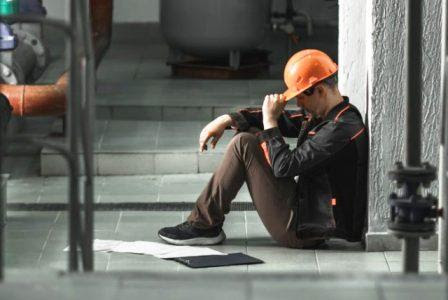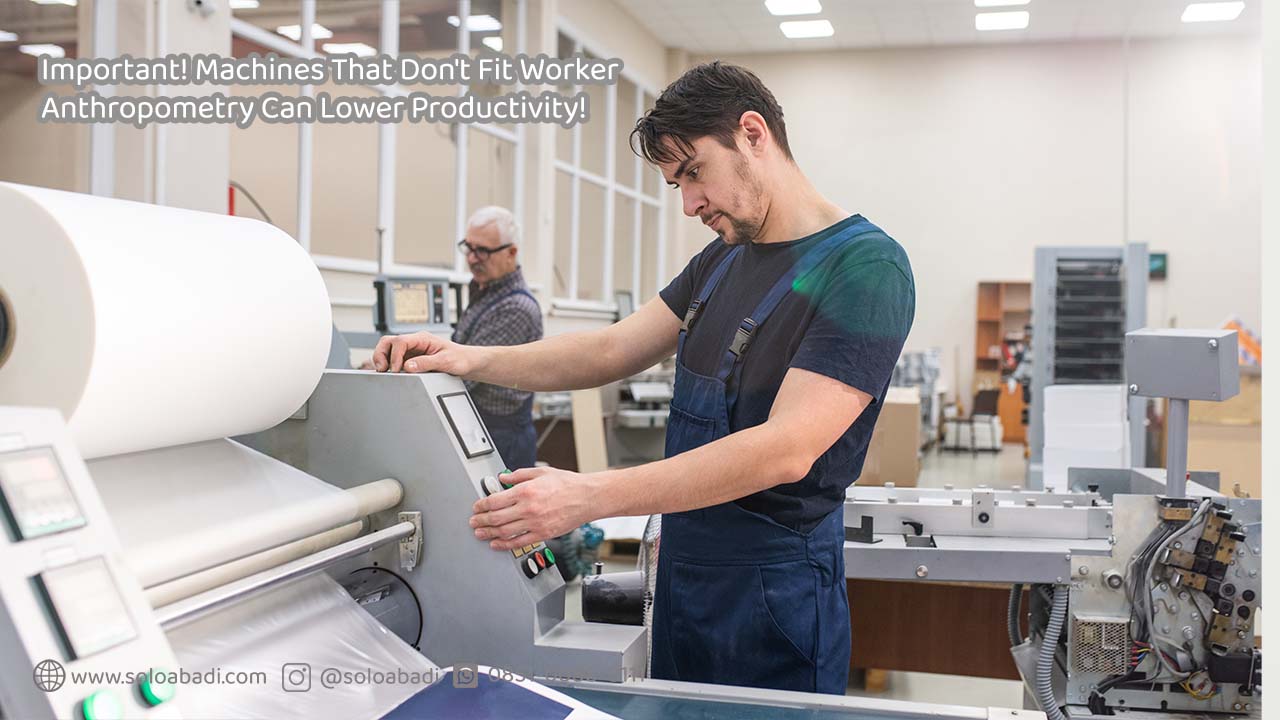We often encounter a number of machines imported from abroad that are not of ideal size with workers in Indonesia. This is because machines manufactured abroad have been adapted to the characteristics and anthropometric measurements of workers in that country. So that the machine then becomes too high or too low for Indonesian workers to reach. Even though our country is still not able to produce these machines, what then? No need to worry, this can be overcome by providing work facilities or work systems that are in accordance with the anthropometry of workers.
What is Anthropometry?
Anthropometry is the study of the dimensions of the human body. The term comes from the ancient Greek words “anthropos” which means human, and “metron” which means measurement. This science has a wide range of fields, ranging from health, military to work systems that require anthropometric principles in the process. It is undeniable that these fields have humans as the main actors. So that no space ignores the size of the dimensions of the human body.
Anthropometry and Micro Ergonomics
Furthermore, anthropometry has a relationship with ergonomics. For those of you who have studied in the industrial engineering department, the term ergonomics is certainly familiar. Ergonomics is the study of the interaction between humans and their environment. The environment in question is also diverse, including the corporate environment, family environment, to the state environment.

Therefore, ergonomics are classified into two, macro ergonomics and macro ergonomics. At the company level, the type of ergonomics that applies is micro ergonomics, namely ergonomics with a more limited scope. While macro ergonomics has a very broad scope. In this case, we will discuss further about the application of micro ergonomics in the company by paying attention to the anthropometry of workers.
The main goal of microergonomics is to improve the performance of all work systems and also reduce the stress placed on human work by analyzing tasks, work environments and human-machine interactions. Micro ergonomics is also known as the traditional approach. The concept of stress and strain is a traditional approach to assessing work systems. The basic concept is that every workplace has the same external factors for all individuals who work there (stress) but each individual must react differently depending on the character and individual abilities (strain).

Another area of microergonomics is the analysis of aspects of human-machine systems. This analysis can be done by considering the geometric situation of the workplace and tools (commonly called anthropometric design) and by considering the flow of information in human-machine systems. The results of the analysis then become a reference for work systems that support worker safety, one of which is through worker anthropometry.
Risk of Decreased Productivity If Ignore Worker Anthropometry
Investing in workers means investing in productivity. The term seems appropriate to describe the attention to anthropometry of workers. Although the benefits cannot be felt instantly, the impact on productivity is very significant. Workplace design that is in accordance with the anthropometry of workers, especially in the viewing area, the area for holding items to the leg movement area on body support layouts such as chairs and other facilities will ensure comfort while working. Microergonomics also pays attention to limitations in human sensory organs especially resolution capacity of the eye and the accuracy of limb movement which are very relative in each worker.

In short, a work system and environment that pays attention to worker anthropometry will lead to ensuring worker safety and productivity. Being in a similar position for hours will no doubt cause fatigue and fatigue. Furthermore, by paying attention to the anthropometry of workers, the risk of excessive fatigue and work accidents can be minimized.
The Most Accurate Anthropometric Measuring Tool
Anthropometric measurements in measuring foot anthropometry to design work systems must be accurate and precise. Therefore, a measuring instrument is needed that supports these accurate results. Here is a selection of the best measuring tools that can be used :
Portable Anthropometry Kit for Measuring Worker Anthropometry
Metritis – Portable anthropometry by Solo Abadi Indonesia is an anthropometric measuring instrument derived from the anthropometric chair which is packaged in a portable form, with the aim that the measuring instrument can be moved or carried anywhere easily. As an innovation, portable anthropometry can be used to measure up to more than 100 dimensions of the human body.
The function of this tool is to carry out anthropometric measurements that are carried out carefully and prioritize the accuracy of the data. This instrument offers measurement capabilities of up to 100 measurements. In addition, its portable form makes this tool can be used unlimited time and done anywhere.
Anthropometric kits from SOLO ABADI have been sent to various departments in Indonesia. Currently, 8 Portable Anthropometry kits from SOLO ABADI have been used, one of which is the Department of Medicine, Islamic University of Indonesia. The following are the details of the Anthropometry Portable Kit product.
Contact Us To Get Anthropometry Products
Get anthropometric measuring tools from Solo Abadi by filling in the ask for price feature available. You can also connect directly through our WhatsApp, because we are ready to contact you immediately.








